Entangled particles of light can transmit holographic images that can be selectively erased, allowing for secure communications that can also be deleted.


Entangled particles of light can transmit holographic images that can be selectively erased, allowing for secure communications that can also be deleted.
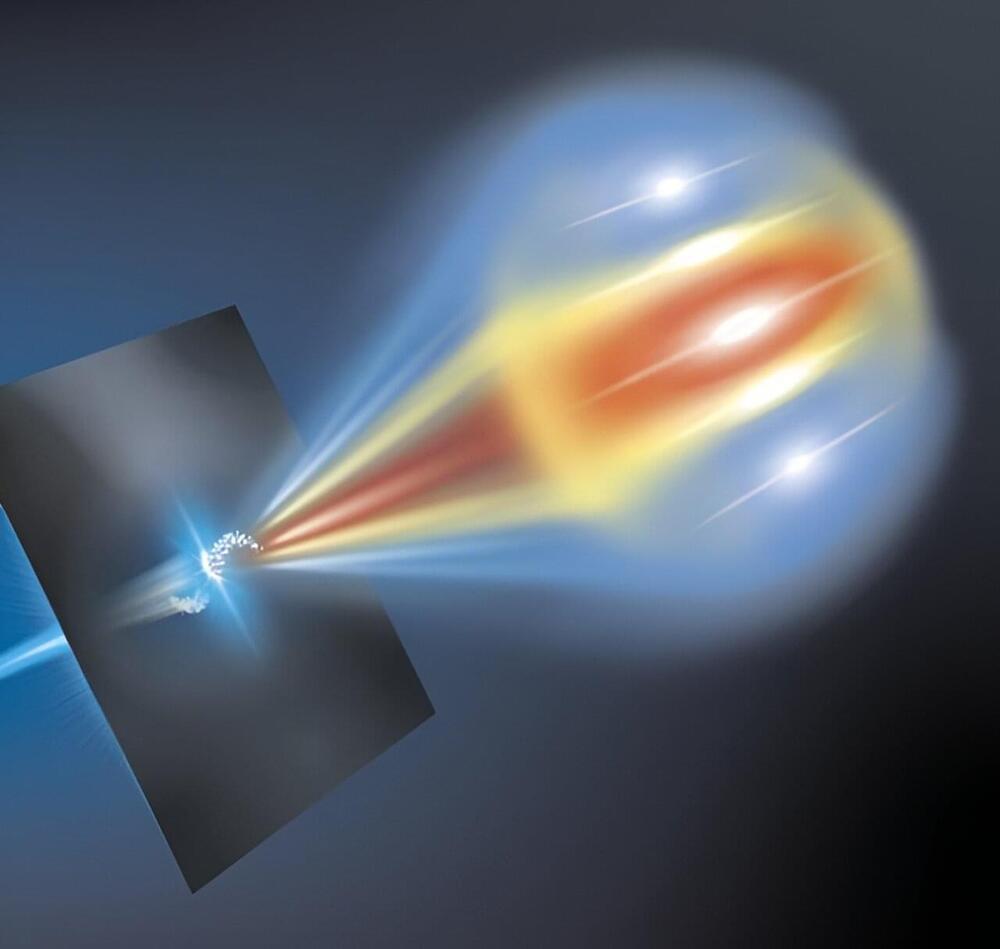
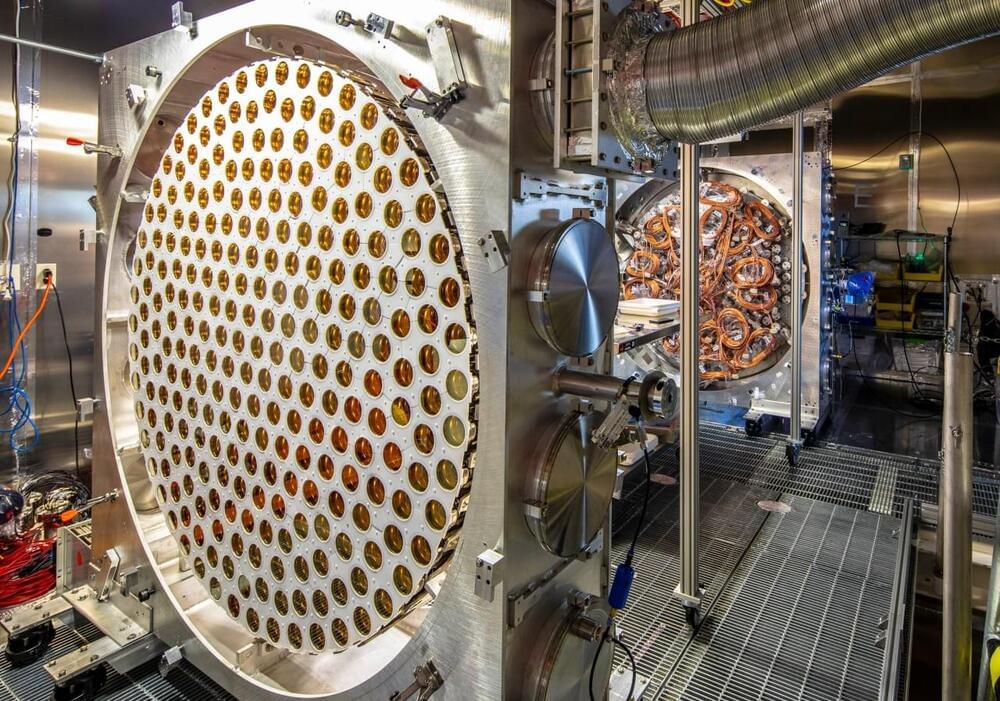
AUSTIN (KXAN) — The most sensitive dark matter detector in the world is showing results in the hunt for the hypothetical particle. The results: they can’t find it.
“If you think of the search for dark matter like searching for buried treasure,” said Scott Kravitz, an associate professor in the physics department at the University of Texas, “we’ve basically dug part of the way down to where it might be, it could still be deeper below what we’ve searched so far.”
Kravitz is part of the LEX-ZEPLIN project, a Department of Energy hunt for dark matter in a cavern in South Dakota.
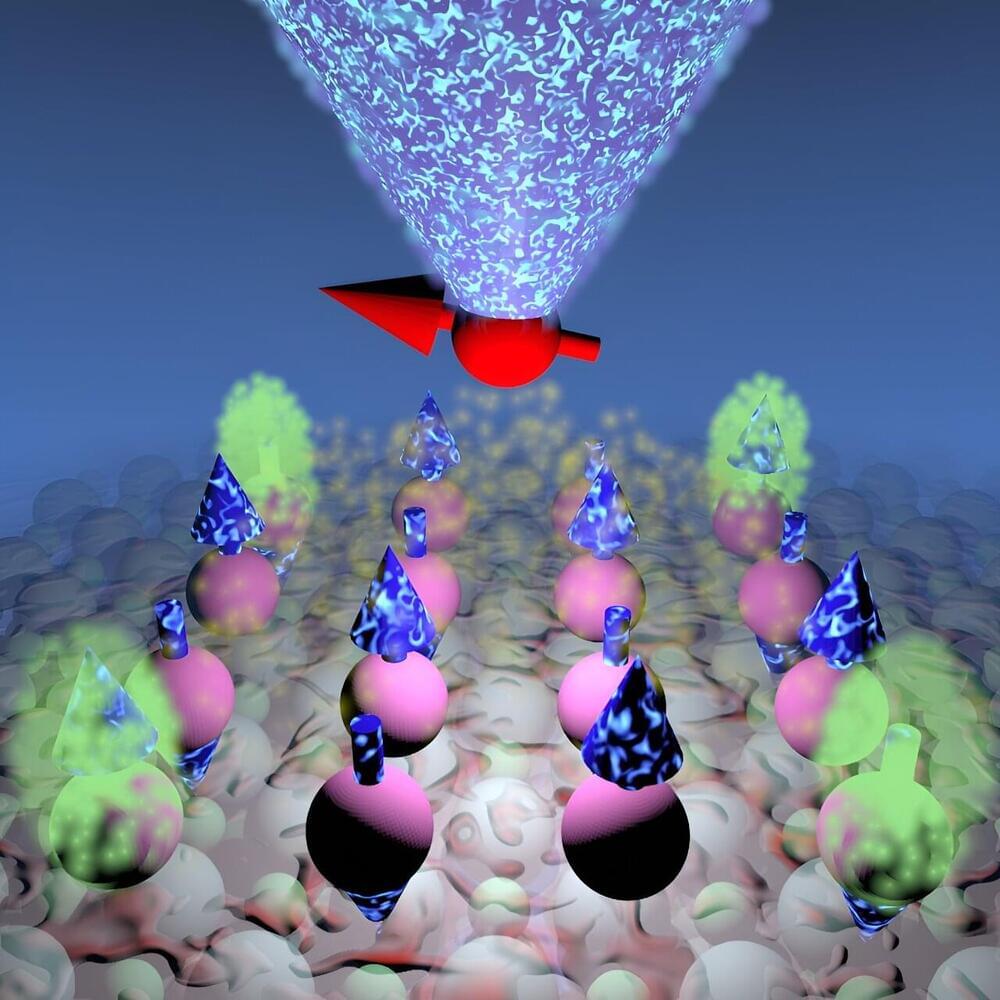
Quantum magnets are materials that realize a quantum superposition of magnetic states, bringing quantum phenomena from the microscopic to the macroscopic scale. These materials feature exotic quantum excitations–including fractional excitations where electrons behave as if they were split into many parts–that do not exist anywhere outside of this material.
To manipulate how the atoms behaved inside the quantum material the researchers had assembled, they poked each individual atom with a tiny needle. This technique allows for the accurate probing of qubits at the atomic level. The needle, in reality an atomically sharp metal tip, served to excite the atoms’ local magnetic moment, which resulted in topological excitations with enhanced coherence.
“Topological quantum excitations, such as those realized in the topological quantum magnet we now built, can feature substantial protection against decoherence. Ultimately, the protection offered by these exotic excitations can help us overcome some of the most pressing challenges of currently available qubits,” Lado says.
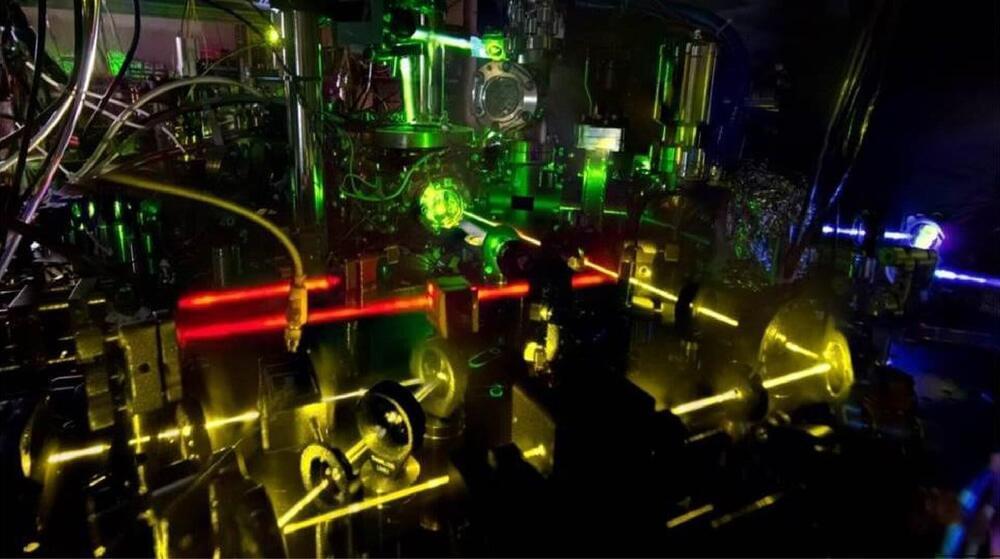
How would atoms behave near a supermassive object? We know how atoms behave in extremely weak gravity like that at the Earth’s surface: They can be excited from a lower energy level to a higher one when an electron absorbs a photon or a nucleus absorbs a gamma ray, and so on. But what if the atom is in a strong gravitational field such as one near a supermassive, rotating black hole or rotating neutron star?
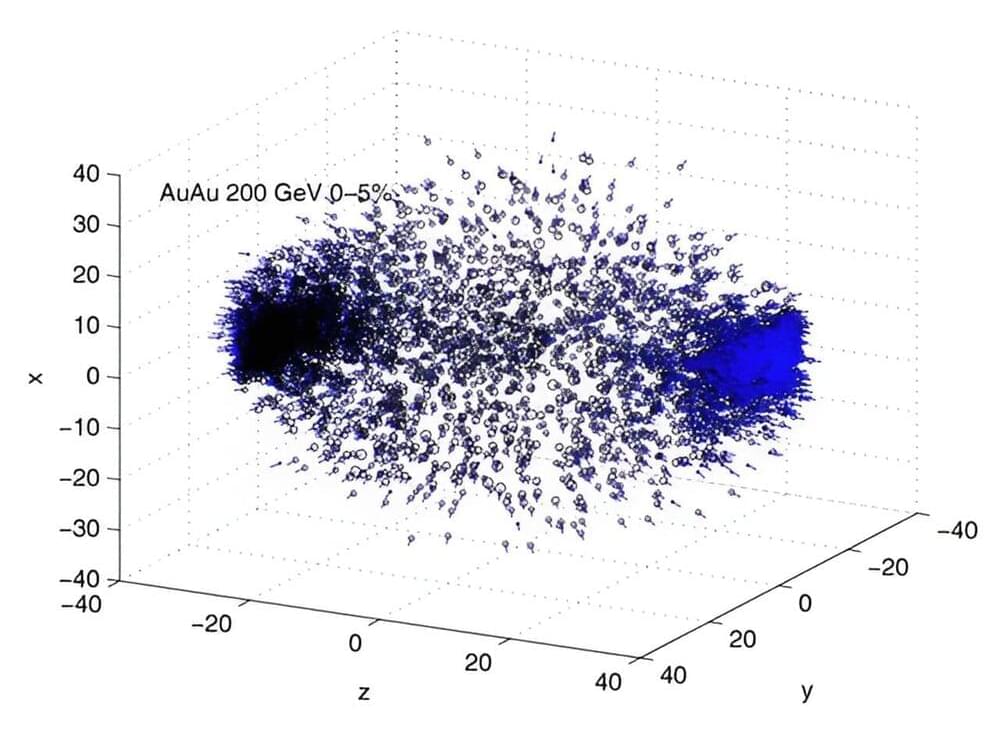
In the development of particle physics, researchers have introduced an innovative particle encoding mechanism that promises to improve how information in particle physics is digitally registered and analyzed. This new method, focusing on the quantum properties of constituent quarks, offers unprecedented scalability and precision. It paves the way for significant advancements in high-energy experiments and simulations.

And, if its in trees, guess where else it is, Crisis Yet? or nah.
It is well known that more and more plastic waste is ending up in soil and bodies of water. Researchers are particularly concerned about tiny micro-and nano-sized particles. It remains unclear how and to what extent they are able to enter living organisms—and what effect they may have on metabolism.
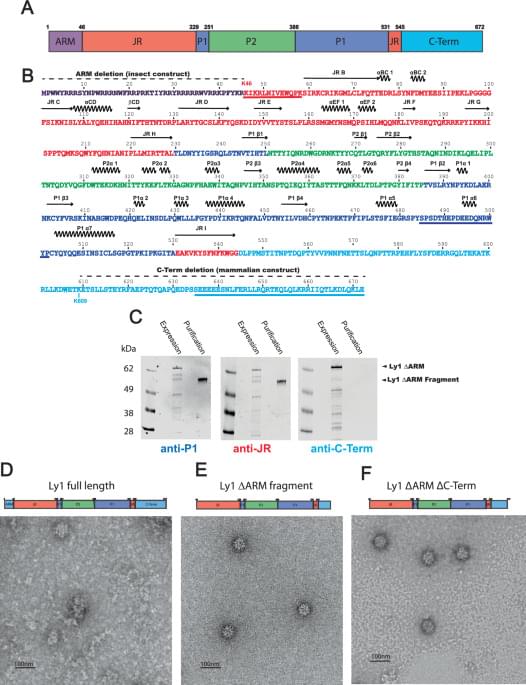
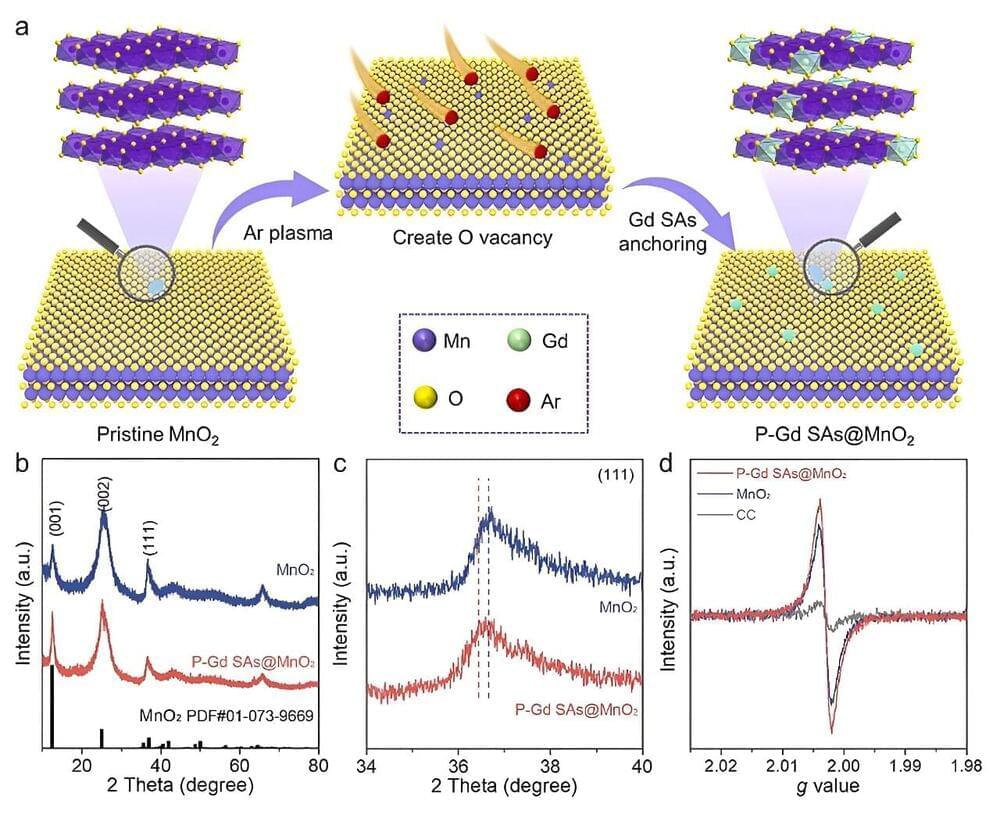
An international group of researchers has developed a novel approach that enhances the efficiency of the oxygen evolution reaction (OER), a key process in renewable energy technologies. By introducing rare earth single atoms into manganese oxide (MnO2), the group successfully modulated oxygen electronic states, leading to unprecedented improvements in OER performance.